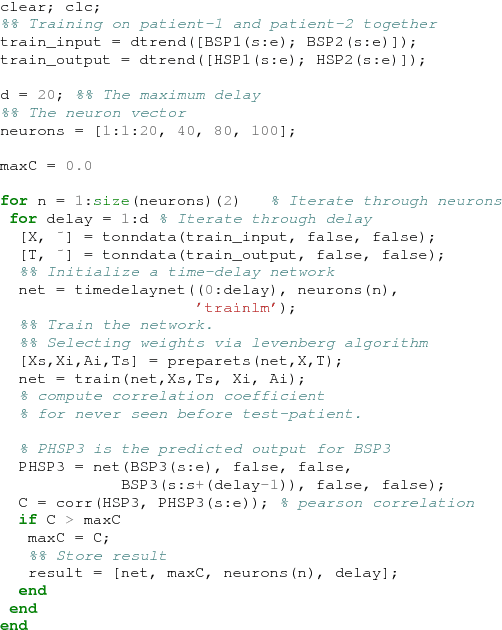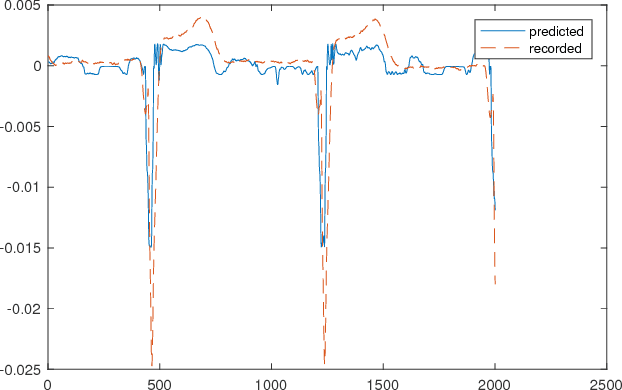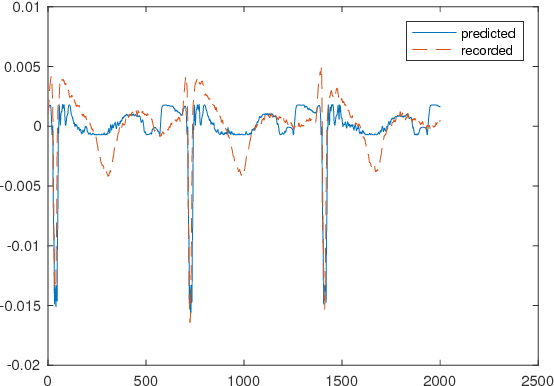Mark Trew
A machine learning approach to reconstruction of heart surface potentials from body surface potentials
Jan 19, 2018



Abstract:Invasive cardiac catheterisation is a common procedure that is carried out before surgical intervention. Yet, invasive cardiac diagnostics are full of risks, especially for young children. Decades of research has been conducted on the so called inverse problem of electrocardiography, which can be used to reconstruct Heart Surface Potentials (HSPs) from Body Surface Potentials (BSPs), for non-invasive diagnostics. State of the art solutions to the inverse problem are unsatisfactory, since the inverse problem is known to be ill-posed. In this paper we propose a novel approach to reconstructing HSPs from BSPs using a Time-Delay Artificial Neural Network (TDANN). We first design the TDANN architecture, and then develop an iterative search space algorithm to find the parameters of the TDANN, which results in the best overall HSP prediction. We use real-world recorded BSPs and HSPs from individuals suffering from serious cardiac conditions to validate our TDANN. The results are encouraging, in that coefficients obtained by correlating the predicted HSP with the recorded patient' HSP approach ideal values.
 Add to Chrome
Add to Chrome Add to Firefox
Add to Firefox Add to Edge
Add to Edge